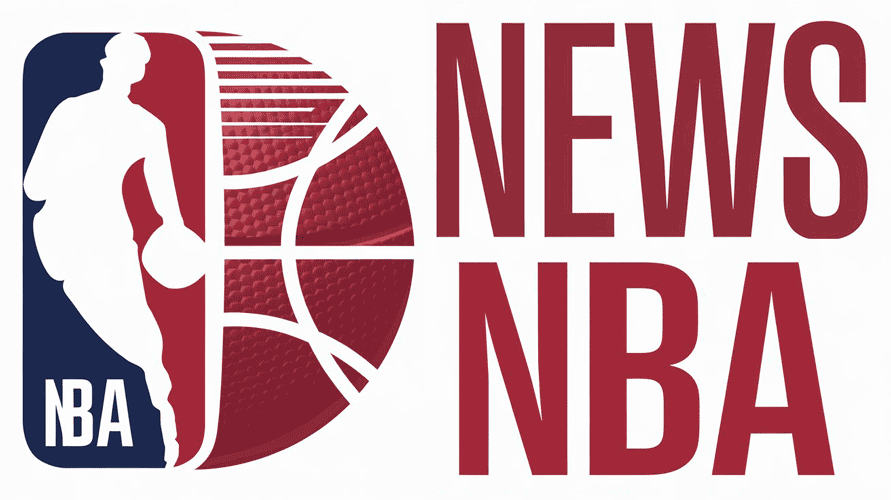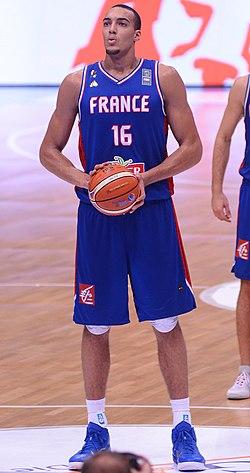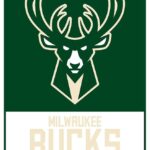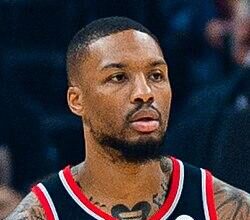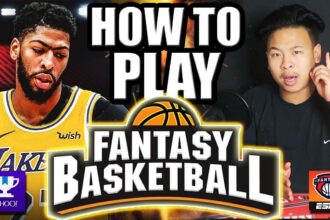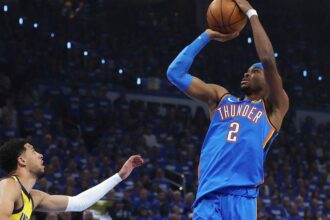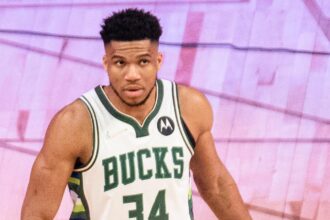Three years have passed since the blockbuster trade that sent Rudy Gobert from the Utah Jazz to the Minnesota Timberwolves, reshaping the landscape of both franchises. As the Timberwolves and Jazz continue to develop their rosters and pursue championship aspirations, questions remain about which team ultimately benefited more from the deal. This article examines the trade’s impact on each franchise’s performance, roster construction, and long-term prospects, offering a comprehensive assessment of who is winning the Rudy Gobert trade three years later.
Rudy Gobert Trade Impact on Timberwolves Defensive Identity
Since acquiring Rudy Gobert, Minnesota has seen a marked shift in its team defensive philosophy. Known for his elite rim protection and shot-altering presence, Gobert instantly became the cornerstone of the Timberwolves’ defense, reshaping their identity around physicality and interior dominance. His ability to control the paint and anchor the defense allowed Minnesota to improve their team defensive rating significantly-making them a tougher matchup for opponents and more consistent in clutch situations.
However, this defensive upgrade came with strategic adjustments that impacted the Timberwolves’ perimeter defense and overall pace. The team adopted a more conservative approach, emphasizing closeouts and rotations designed to funnel offenses into the paint where Gobert thrives. Below is a quick glance at key defensive metrics post-trade, illustrating this shift:
| Metric | Pre-Gobert (2020) | Post-Gobert (2023) |
|---|---|---|
| Defensive Rating | 112.3 | 104.7 |
| Opponent FG% at Rim | 65.2% | 58.1% |
| 3PT Defense Efficiency | 33.9% | 37.6% |
| Defensive Rebounds | 42.1 | 47.3 |
- Improved paint protection lowering opponents’ shooting percentage near the basket
- Increased defensive rebounds boosting transition opportunities
- Higher opponent 3PT percentages indicating perimeter defense trade-offs
Evaluating the Jazz Roster Rebuild and Long-Term Strategy
Since the Rudy Gobert trade, the Utah Jazz have embarked on a methodical roster rebuild geared toward long-term flexibility and sustained competitiveness. Rather than chasing immediate returns, the Jazz front office prioritized accumulating young talent and preserving salary cap space. This approach allowed them to integrate promising draft picks and acquire versatile players who align with a modern, pace-and-space style of play. Notably, the Jazz’s strategy emphasizes player development and system fit over star power, reflecting a shift from the previous Gobert-centric identity to a more balanced, versatile team structure.
The impact of these changes is visible not only on the court but also in the team’s financial flexibility moving forward. Below is a snapshot comparison of key roster attributes pre- and post-trade:
| Attribute | Pre-Gobert Trade | Current Roster |
|---|---|---|
| Average Age | 28.6 | 24.9 |
| Salary Cap Space | Near Maxed Out | Approximately $35M Available |
| Draft Picks Accumulated | Minimal | 4 First Round Picks Next 3 Years |
| Team Play Style | Defense & Paint Focus | Perimeter-oriented & Pace-Driven |
- Emphasis on youth and upside: Targeting players with high growth potential rather than established veterans.
- Financial flexibility: Retaining cap space to attract free agents or absorb contracts.
- Strategic draft capital: Leveraging picks to build a sustainable core.
Key Players to Watch and Recommendations for Future Moves
Rudy Gobert remains a dominant presence on the court, redefining what it means to be a defensive anchor in today’s NBA. For the Timberwolves, his rim protection and shot-altering ability have been pivotal, but pairing him efficiently with offensive talent continues to be a challenge. Watch closely how Minnesota leverages Gobert’s peak years; future maneuvers could involve acquiring versatile wings who can stretch the floor, optimizing spacing around Gobert’s paint dominance. Meanwhile, Donovan Mitchell stands as Utah’s clear offensive star. His scoring bursts and playmaking have propelled the Jazz’s offense, but surrounding him with high-IQ shooters and secondary creators may improve Utah’s chances in the postseason landscape.
- Minnesota Timberwolves: Target shooters and defenders who complement Gobert’s style.
- Utah Jazz: Seek versatile guards and forwards to relieve Mitchell’s scoring burden.
| Team | Key Player | Recommended Future Move |
|---|---|---|
| Timberwolves | Rudy Gobert | Sign floor spacers & defensive wings |
| Jazz | Donovan Mitchell | Acquire secondary scorers and playmakers |
Final Thoughts
As the Rudy Gobert trade reaches its three-year mark, the long-term impact on both the Utah Jazz and Minnesota Timberwolves continues to unfold. While the Jazz have leveraged their assets to rebuild and remain competitive, the Timberwolves have sought to integrate Gobert’s defensive prowess into their core. Evaluating which team has ultimately benefited is an evolving discussion, shaped by roster development, team success, and future potential. What remains clear is that this pivotal trade has significantly influenced the trajectories of both franchises in the years since.
